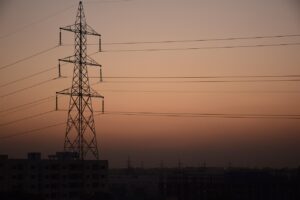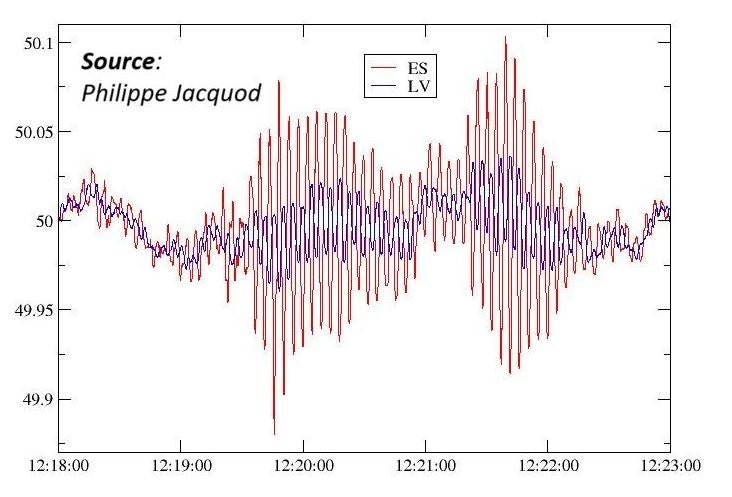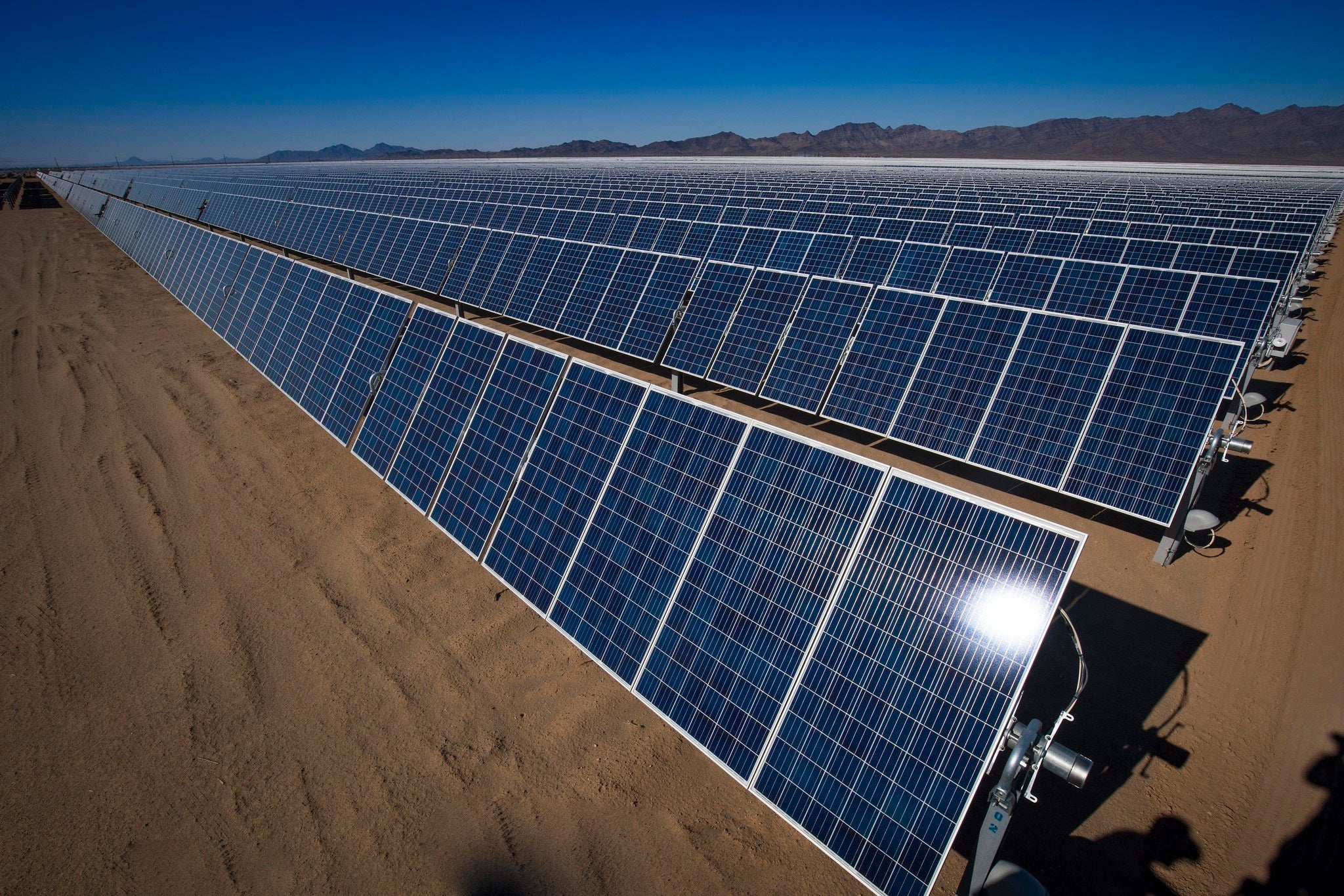
Spain and Portugal Blackout: Separating Fact from Fiction
Note: This blog was published May 6, 2025.
Last Monday, a widespread power outage hit Spain and Portugal, plunging the region into darkness for about 18 hours before power was restored.
Within minutes of the blackout, people with political agendas flooded the zone on social media to cast blame on their favorite culprit: renewable energy. To be clear, the power company and government experts in Europe are still investigating the causes of the outages. Complex system failures like this one can take time to untangle.
But that hasn’t stopped renewables critics from sharing their hot takes. Unfortunately, they’ve been predictable. Even the Wall Street Journal ran an opinion article blaming solar energy for the blackout, but noted in the very same article that “the discrete triggering event isn’t yet known.”
So, what really happened? The short answer is: We don’t know yet. The reasons are likely to be highly technical and complicated – which is why we shouldn’t jump to unfounded conclusions.
What we do know:
Nothing so far suggests renewables are “the cause”
Evidence suggests that the outage may have started in the southwestern region of Extremadura in Spain. While it’s true that Spain has a large amount of renewable energy, its overall energy generation mix is still varied: wind (26%), nuclear (21.3%), hydropower (16.8%), natural gas (12.6%), and solar (12.2%).
Dan Jorgensen, the EU energy chief, noted that: “As far as we know, there was nothing unusual about the sources of energy supplying electricity to the system yesterday. So the causes of the blackout cannot be reduced to a specific source of energy, for instance renewables.”
Another leading European energy consultant pointed out that after the outage “no fossil generation remained online – but wind, solar and hydro did.”
The electric grid is very, very complex. And something with the grid went wrong.
While solar panels and power plants may be the first thing people visualize when thinking of a power outage, early insights suggest the causes may be related to something more behind-the-scenes: the grid itself. The “grid” refers to that massive web of transmission lines, local power infrastructure and services that make it possible to move electricity from one place to another safely.
Managing a grid is like directing a carefully choreographed dance – an act of constant motion and balancing, in circumstances that are constantly changing. Grid operators work 24/7 to ensure power is available at the right levels and with the right characteristics at all times. If a dancer makes a mistake, the choreography can go haywire, and fast: people crash into each other, other dancers stop dancing to protect themselves, and it may take some time to get the show back on track.
In electricity, the system going haywire is a common and critical issue, so grid managers have engineered many layers of protection — many of them bucketed under the broader term “ancillary services.” These include a variety of tools that can make quick adjustments to the grid to recognize problems and address them quickly.
So, what happened in this case? The first sign that something was amiss took place approximately 10 minutes before the loss of power. A chart from a European scientist (below) shows that the frequency of the electricity started to get really out of whack. When electricity falls out of synch in different parts of a grid – such as between Spain and the rest of Europe – it’s a big problem.

For reasons that are not yet clear, the grid was then hit by two outages: a large power loss in southwestern Spain, after which the grid briefly stabilized on its own, then a second failure 1.5 seconds later, causing the grid’s frequency to plunge below safe levels. This drop likely closed the connection between Spain and France and went on to trigger a cascade of outages that led to the complete collapse of the power grid.
Suffice to say, it’s likely that something went wrong in how the system was being managed, but we’ll only know when the full details of the investigation conclude.
Renewables-strong grids aren’t inherently less stable
Outside of the world of power system engineers, a common claim being made in response to this event is that renewables-strong grids are inherently “unstable.” This argument is constructed on top of some actual grid complexities, but it’s fundamentally made in bad faith. Let’s unpack this.
First and foremost, managing grids takes work, no matter what supplies the power. We’re facing a changing world – including population shifts, more severe weather, wildfires, and growing energy needs from infrastructure like data centers. Grids are extraordinary feats of infrastructure, but they’ve been constructed over decades with customized design that’s mostly for fossil fuels.
Because of this history, grid modernization is especially important for adding more renewables. The most common renewable sources, solar panels and wind turbines, have different properties from fossil fuel plants, including variability (they turn on and off with the sun and wind) and therefore, have different technical needs. They also come with some real advantages, including “free” fuel (because the sun and the wind are free!) and more distributed infrastructure that provides greater resilience in case one part of the grid is taken out by extreme weather, for example. Smart investments and grid modernization are key: we can’t approach the transition to clean energy as a plug and play affair. But through grid upgrades and additional resources like pumped hydro, battery storage and power electronics, clean grids can absolutely work and pay off.
The argument that renewables are “the problem” also assumes that fossil fuels are the answer – but fossil fuel-powered grids have their own serious issues. After all, the vast majority of power blackouts occur in places with fossil fuel-powered grids (yet we don’t hear these fuels get blamed?). The fuels themselves present an unavoidable cost and vulnerability: oil and natural gas fuels are highly sensitive to global market prices, pipelines and geopolitics. Coal plants are slow to ramp up and down, and costly to operate. There’s an international backlog in natural gas turbines. And let’s not forget that coal and natural gas produce planet-heating pollution and toxic air pollution that harms the health of nearby communities.
What we can learn
In Spain, investigators are still looking into what went wrong. One of Spain’s vice presidents said at a news conference on Wednesday that they are “collecting thousands of data points from the energy system to shed light on what happened.”
This is how it’s done.
Jumping to conclusions without any evidence won’t teach us anything — but learning from the full investigation will help us build stronger, more resilient grids.











